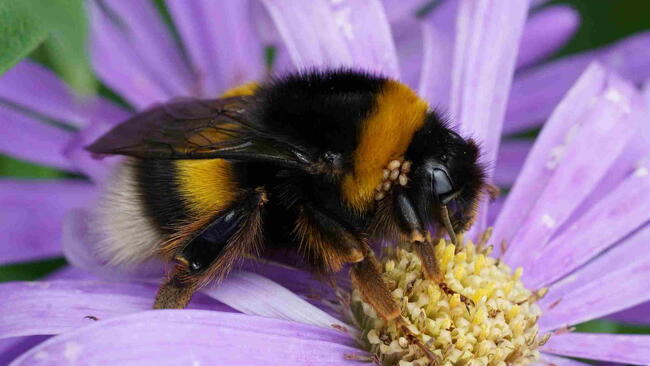
Botanical Name
Calendula officinalis
Plant Type
Soil pH
Special Features
Subhead
An easy-to-grow flower that blooms from spring to fall, attracts pollinators, and repels pests
Read Next
Types
The Calendula family is populated by about 20 species of annuals and perennials, native to the Mediterranean and middle east regions. But for specific Calendula officinalis cultivars, be sure to explore these:
- ‘Neon’ is sure to impress with tall plants, double flowers, and BIG blooms.
- ‘Citrus Cocktail’ is a compact variety that grows well in a container.
- ‘Dwarf Gem’ is another excellent container option.
- ‘Touch of Red’ is a bright orange color, with dark red underneath and on the edges of each petal.
- ‘Golden Princess’ and ‘Ivory Princess’ feature dark centers and great contrast.
- ‘Greenheart Orange’ has green centers!
- ‘Strawberry Blonde’ is as beautiful as you’d expect from the name.
- ‘Triangle Flashback’ is apricot-pink, but in a soft, subdued tone.
- ‘Alpha’ is my sister’s top choice‚—it’s orange and gorgeous.
Also, check out the calendula mixes—they’re a great way to sample a number of beautiful varieties at once!
Gardening Products
Cooking Notes
Calendula blossoms can be used in cooking—eaten fresh in salads, added to rice, or dried and used as a poor man’s saffron, calendula petals make an ordinary meal seem special. See a simple recipe for Mixed Greens With Calendula.
Medicinally, try making a calendula salve recipe. Here’s an easy one:
- Steep 1 cup of fresh calendula petals in 1 cup of olive oil in a glass jar on a sunny windowsill for about a week.
- Strain the oil.
- Melt 1/4 cup of beeswax and mix in the oil.
- Pour into small sterilized jars and seal.
- Let solidify overnight before using.
For the fullest effect, harvest the petals during the hottest part of the day, when the resins have risen to the surface of the flower.











Comments